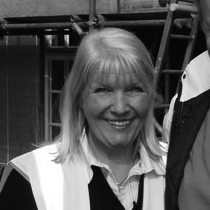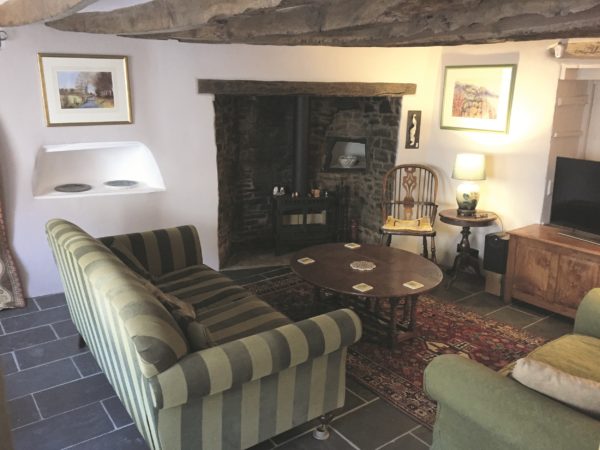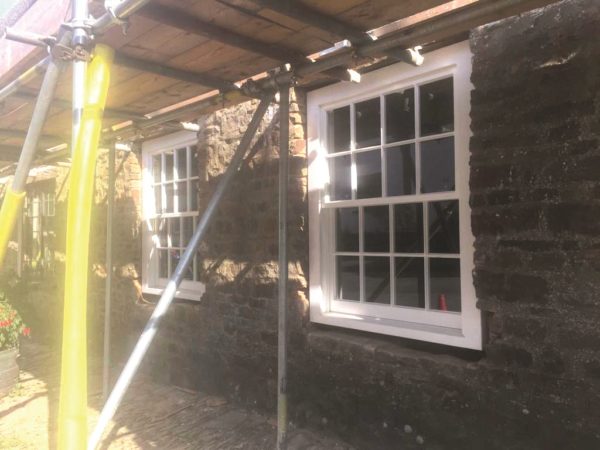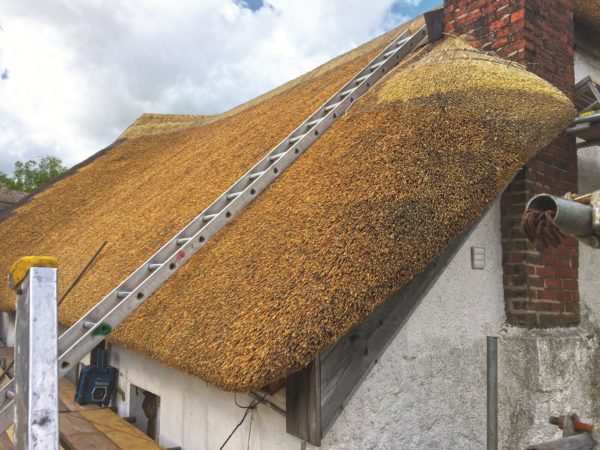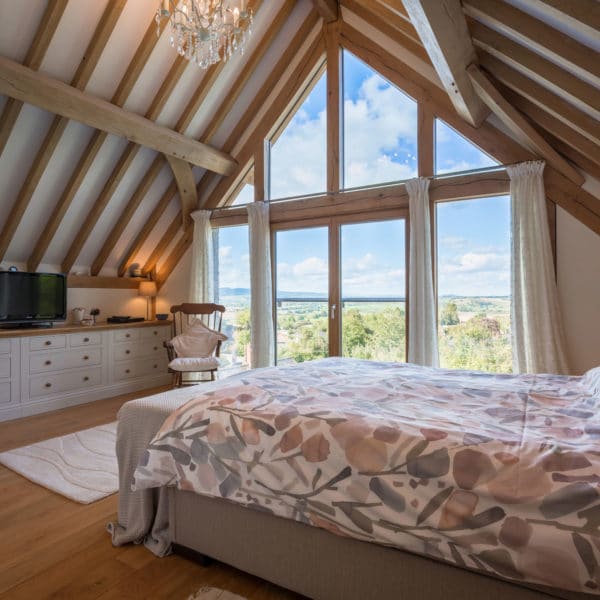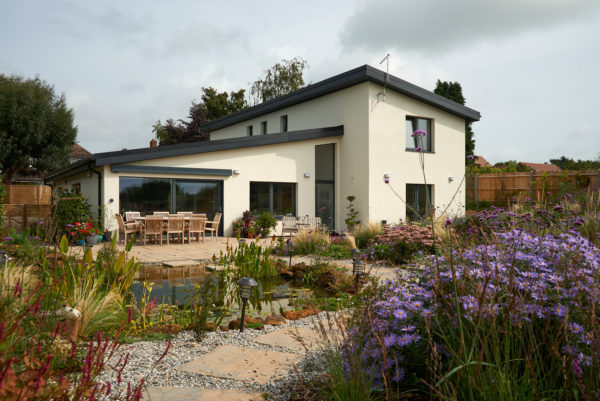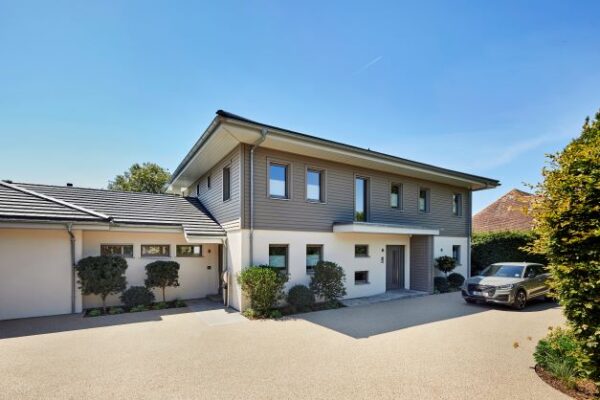From the off, we’d decided that our home should achieve Level 3 of the Code for Sustainable Homes.
Essentially this comprises nine categories, in which you’re awarded credits/points for achieving certain levels. You have to get at least 57 points to achieve Level 3.
An assessment is carried out pre- and post-construction. I would just mention that Mark Williamson – the CSH assessor for Potton – has been invaluable to us in his extensive knowledge and his willingness to help us at every step of the way.
Below are the ways we’ve achieved the necessary points in the nine categories:
Energy
- Dedicated energy-efficient light fittings inside and out, and all white goods with required energy efficiency rating
- To meet the required level of insulation, we will install an additional 30mm of insulation on site to the external walls, in addition to the factory-fitted insulation
- We have opted for the highest specification of argon-filled Pilkington double glazing , which has a particularly good U-value
- Providing a room with telephone and computer to meet the requirement for a home office
- We’ve provided enough clothes drying line (at least 6m)
- We will provide locked outside parking storage for two bicycles (the aim of the code being to reduce car use)
Water
- We’re choosing appliances, sanitaryware and fittings that help meet the maximum use of 105 litres per person per day, plus water butts for garden irrigation.
Surface Water run-off
- It is mandatory that any new house does not put an additional strain on the existing sewerage system or contribute to extra run off that could increase the risk of local flooding.
- We employed an engineer to design our rainwater system, which largely involves burying 20 large soakaway crates in the back garden, into which all of our drainpipes run. It is designed to deal with the worst storm in 100 years, plus an additional 30 per cent, just in case.
Materials
- We will ensure that certain building materials are certified as being responsibly sourced.
Waste
- We will provide adequate indoor and outdoor storage for both recyclable and non-recyclable waste, and have a composting facility.
Pollution
- We have chosen an air source heat pump for heating with zero NOx (nitrogen oxide) emissions
- All our insulation will avoid the use of substances with high GWP (global warming potential).
Health & Wellbeing
- Credits are potentially available for the quality and quantity of natural light flowing into the interior, although we may not need these if we are able to accrue enough points elsewhere.
- In the lifetime homes category – elements of the design that can be easily adapted in the future for disabled, elderly or infirm residents – we have provided wheelchair-use fire escapes and windows to all main rooms, space for a potential lift, and layouts and doors suitable for wheelchair users
- We’re providing a ‘private space’, in the form of the garden
Management
- We will compile a home user guide with information on such things as the heating and hot water systems, and will monitor the energy use of our development by taking regular water and electricity meter readings.
Ecology
- We hope to demonstrate, with some photographic evidence, that when we purchased the site it was of low ecological value, and that we are committed to enhancing its ecological value through an extensive planting programme.
Previous Article

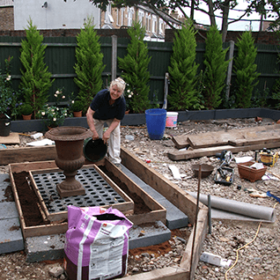
Landscaping our Georgian-style self build home
Next Article

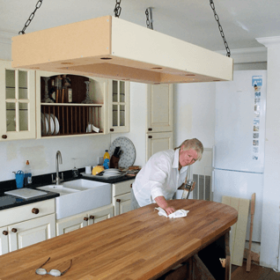
Fitting out the kitchen






























































































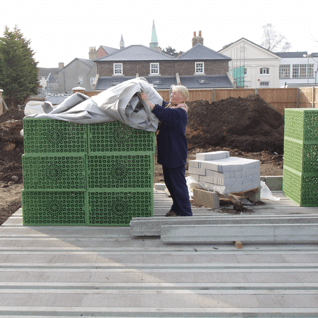
 Login/register to save Article for later
Login/register to save Article for later
